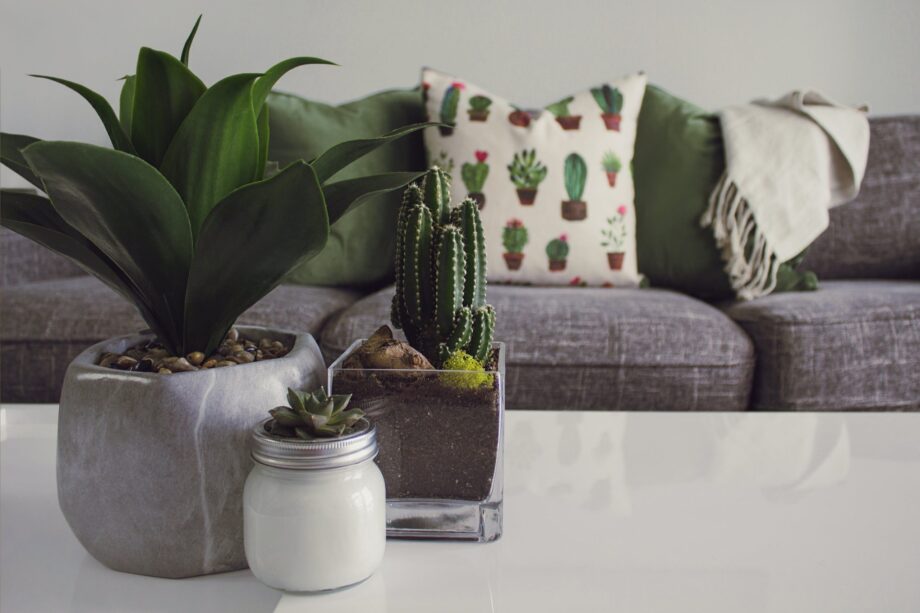Introduction
Natural lighting plays a vital role in our day-to-day lives and how we approach interior design. It sets the mood and atmosphere inside the home, influencing our sense of comfort and well-being. Natural lighting is not only a free source of light, but it also brings a host of health benefits like improving mood, productivity, and creating a more invigorating living space. By optimizing natural light at home, you can significantly enhance your lifestyle and save on energy costs. This article will guide you in embracing natural light to ensure your home feels brighter, larger, and more welcoming.
Understanding the Importance of Natural Light
Natural light is crucial in home design for various reasons. It allows for a connection with the outdoors, enhancing your home’s ambiance and significantly affecting your general mood and well-being. By illuminating your home with sunlight, you can boost your mood and productivity levels. Moreover, the right amount of natural light can make your space seem bigger and more appealing. It also helps in reducing energy consumption by reducing the need for artificial lighting during the day.
Assessing Your Home’s Natural Light
Before you can optimize the sunlight in your home, you must first assess the current lighting conditions. Identify areas that get abundant sun and those that are dim. Consider factors like the direction your windows face. North-facing windows receive softer, more consistent light throughout the day, while south-facing windows get the most intense light.
Using Mirrors to Enhance Natural Light
Mirrors are excellent tools for maximizing natural light. By strategically placing mirrors across your windows or light sources, you can bounce light around the room, making it brighter and seemingly more spacious. You can also use mirrored furniture and fixtures to supplement this effect.
Choosing the Right Wall and Ceiling Colors
The color of your walls and ceilings significantly affect the reflection of natural light in your home. Light shades work best at reflecting light, making the room look brighter. Walls painted in white or light shades of blue, gray, or green can effectively boost the illumination of natural light.
Optimizing Window Treatments
Your choice of window treatments greatly affects the amount of sunlight that enters your home. Opt for lighter, sheer curtains that allow light to filter in. Alternatively, consider blinds or shades for adjustable control of light inflow, or even consider removing window treatments altogether for unobstructed light.
Installing More Windows or Skylights
If your home lacks in natural light, consider investing in additional windows or skylights. Glass doors and additional windows can provide uninterrupted pathways for sunlight. Skylights positioned in darker spaces can draw in light from above, brightening rooms that windows alone cannot reach.
Conclusion
Optimizing natural light in your home offers an array of benefits, from improving aesthetics and mood, to promoting energy efficiency. While it may require a careful assessment of your space and some strategic decorating, the results are undoubtedly worth it. Remember, much of incorporating natural light into your home is about balance. Too little can result in a dull, drab environment, while too much can cause glare. Adopt the suggested tips to harness the power of natural light, creating not just a dwelling place, but a bright, warm, and welcoming sanctuary.

